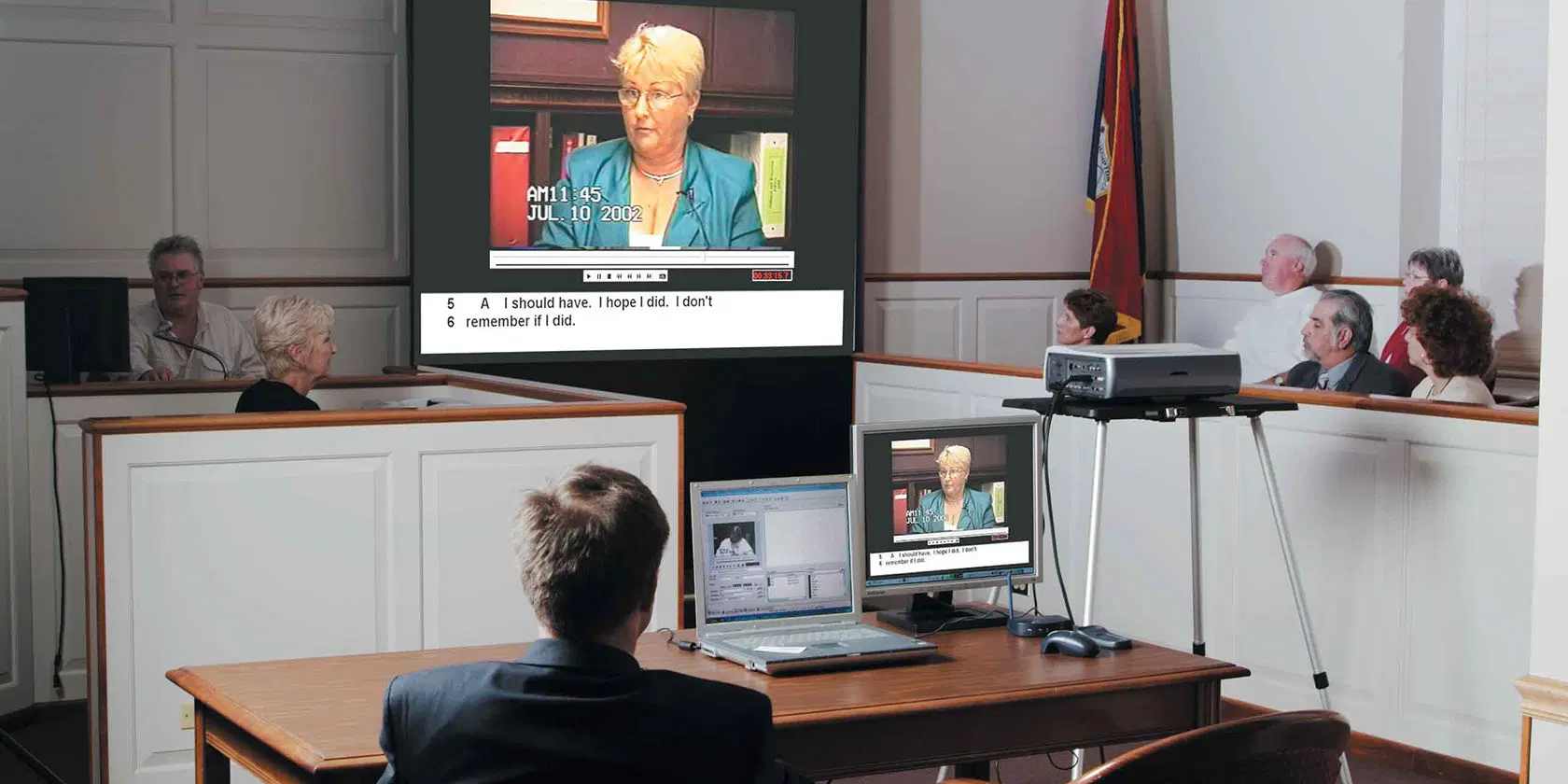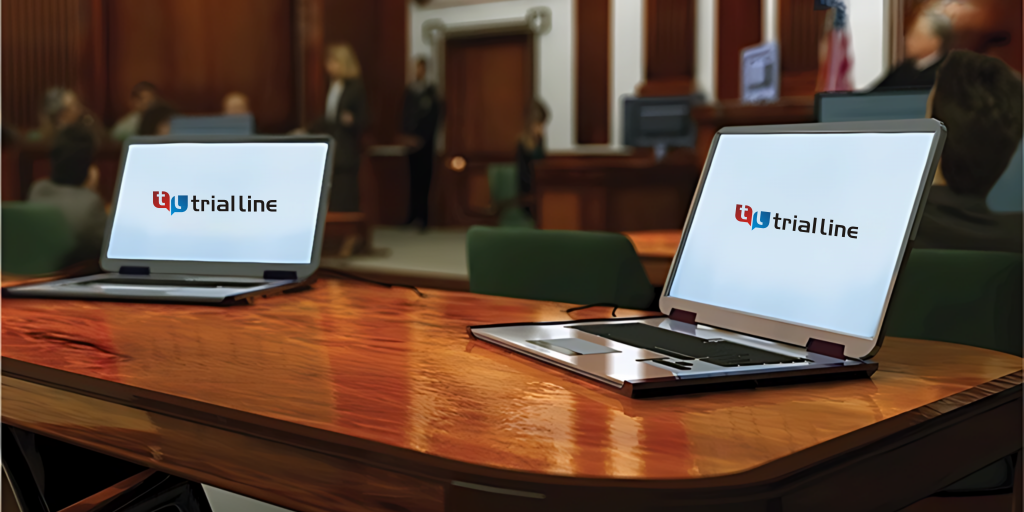Enhancing Your Legal Technique With Professional Test Presentations
In today's legal landscape, the significance of expert trial discussions can not be overstated. As attorneys browse the complexities of the court room, the capability to efficiently communicate elaborate debates is vital. By changing dense lawful ideas right into interesting stories, professionals can boost juror comprehension and retention. In addition, integrating multimedia devices and narration techniques can create a compelling backdrop that not only informs yet additionally resonates psychologically with jurors. Nonetheless, the concern continues to be: what particular approaches can attorneys use to boost their presentations and eventually affect trial results?
Significance of Test Presentations
Test presentations function as a critical component in the lawful procedure, efficiently linking the gap between complicated lawful debates and juror understanding. The capability to distill intricate lawful principles right into obtainable stories is necessary for jurors, that need to make educated decisions based upon the evidence offered. A well-crafted presentation not just clarifies the situation however additionally enhances the persuasiveness of the argument, ultimately affecting the court's perception.
In an age where attention spans are limited, the relevance of involving visuals and clear interaction can not be overemphasized. Trial presentations offer to catch jurors' rate of interest and maintain their focus, enabling a deeper understanding of the facts and legal issues at hand. Moreover, they offer a structured framework that organizes the situation, facilitating rational circulation and coherence.

Key Elements of Effective Presentations
An efficient discussion in a court setting hinges on numerous vital components that jointly improve its influence. Leading among these is clarity of message. Lawyers have to distill complicated legal disagreements right into succinct, quickly absorbable factors to ensure jurors comprehend the core concerns. Enhancing this clearness is using an engaging narrative structure. A well-organized presentation, with a clear start, middle, and end, overviews the audience via the situation, making it much more relatable and memorable.
Aesthetic help play a critical role also, as they can dramatically strengthen crucial messages. Efficient use of exhibits, charts, and diagrams can clear up elaborate details and highlight essential truths. Additionally, the presenter's distribution style is vital; confident, appealing communication fosters credibility and preserves jurors' focus.
Last but not least, recognizing the target market is paramount. Customizing the presentation to the jurors' backgrounds and values can cultivate a link that improves understanding to the debate. In summary, clarity, narrative structure, visual aids, distribution style, and audience understanding are integral to crafting a reliable court discussion that resonates with jurors and supports the overarching legal approach.
Technology in Trial Presentations
Modern courtrooms progressively integrate technology to improve test discussions, building on the fundamental aspects of efficient interaction developed via clear messaging and appealing narratives. The unification of audio-visual help, such as high-def projectors and interactive screens, allows legal groups to existing evidence in a more engaging fashion. This innovation not only catches the jury's interest however also facilitates a far better understanding why not try this out of complex information.

Digital devices, consisting of presentation software program and digital display administration systems, simplify the organization and retrieval of proof (trial presentations). Attorneys can swiftly reference documents, pictures, and video clips, ensuring that vital information is conveniently obtainable throughout the trial. In addition, making use of computer animations and simulations can vividly show essential concepts, making them much easier for jurors to understand
Additionally, court technology advertises cooperation among lawyers, enabling real-time modifications to presentations based on jury responses or unexpected growths. The ability to adapt on the fly is important in preserving interaction and strengthening disagreements. As modern technology proceeds to advance, its duty in test discussions will definitely expand, providing ingenious ways to interact properly and persuasively in the pursuit of justice.
Storytelling Strategies for Impact
Effective storytelling strategies are important in supplying impactful trial presentations, as they change intricate lawful debates into relatable narratives. A well-crafted tale captivates the audience, making it much easier for jurors to comprehend and remember bottom lines.
To produce an engaging narrative, lawyers should focus on establishing a clear structure with a start, middle, and end. The start ought to present the situation context and its relevance, these details while the center elaborates on the core problems, weaving in proof and witness testimonies that support the debate. Conclusively, the ending must strengthen the desired message, driving home the desired end result.
Furthermore, integrating emotional elements can dramatically boost the story's influence. By humanizing the situation, attorneys can evoke compassion, allowing jurors to link directly with the truths provided. Making use of vivid images and narratives can additionally help in showing intricate motifs, making them much more tangible and unforgettable.

Tips for Application in Court
Carrying out narration methods in court requires mindful preparation and execution to guarantee that the narrative resonates with jurors. Begin by determining the core message of your situation and aligning it with the emotional and valid elements that will engage the court. Create a clear and compelling narrative arc that includes an intro, a development of problem, and a Visit Your URL resolution.
Utilize aesthetic help to improve storytelling; exhibitions, timelines, and multimedia discussions can aid show complicated ideas and preserve juror interest. Exercise your distribution, making sure that body language, tone, and pacing are constant with the emotional weight of your story.

Verdict
In final thought, expert test discussions play an essential duty in improving lawful methods by efficiently interacting intricate debates to jurors. The integration of visual aids, clear narratives, and emotional storytelling fosters juror interaction and comprehension. By leveraging technology and adhering to essential components of effective presentations, lawyers can considerably enhance the likelihood of accomplishing favorable judgments. The application of these methods is necessary for modern-day test advocacy, eventually forming the result of lawful proceedings - trial presentations.